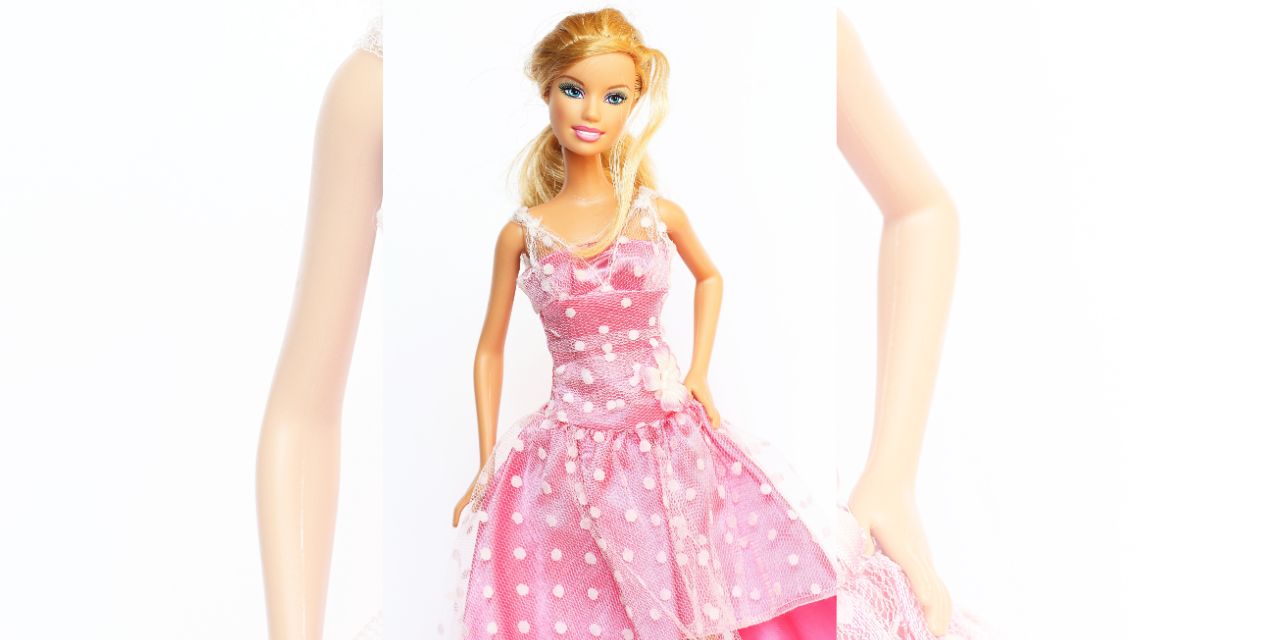Moviegoers far surpassed industry expectations this past weekend as “Barbie” pulled in north of $155 million, earning the distinction of being the biggest film debut of the year thus far.
Our team at Plugged In has done its usual heavy lifting in reviewing the movie, and parents and anyone interested in watching the film would be wise to access their exhaustive and thorough analysis.
The “Barbie” doll franchise dates back to 1959, and so for many of us of a certain age, there has never been a time when the toy didn’t exist on store shelves. Many a woman has no doubt warm and nostalgic memories of the childhood staple. My sister had a few and my wife fondly remembers the “Barbie Condo” she received one Christmas.
But Saturday’s Wall Street Journal mentioned something of the doll’s origin that was both downright disturbing and maybe even revealing.
Husband and wife team Elliott and Ruth Handler, along with Harold “Matt” Mason, started “Mattel” toys out of their Southern California garage. Their first big product was a “Burp Gun” which sold very well thanks to the fledgling company’s sponsorship of Disney’s “Mickey Mouse Club” – a children’s variety show that ran in the afternoon on ABC television. Both the show and the gun were big hits with kids.
But it was on a European vacation the summer after the company’s first year of operation where the Handlers landed upon the idea for the Barbie Doll. Ruth stumbled upon a doll in an “adult” store where consumers were known to buy gag novelty gifts for bachelor parties. In fact, the doll was based on a German cartoon character that ran in the comics of a Hamburg newspaper. Drawn by an artist named Reinhard Beuthien, the character was called “Bild Lilli,” and she had a reputation for seducing wealthy men. Buxom, borderline pornographic plastic versions of the doll were known to hang from men’s rearview car mirrors.
Barbie’s tawdry inspiration notwithstanding, the Handlers introduced the doll at the 1959 Toy Fair. In media interviews shortly after Barbie’s launch, Ruth Handler talked about watching her young daughter play with baby dolls – the only kind that existed at the time – and was somehow dissatisfied even though the young girl seemed happy. Handler told The New York Times in 1963 she wanted her daughter and girls like her “to project herself as an older person, a teenager.”
Why the big rush to encourage young women to grow up?
Apparently, even male executives at the 1959 toy show thought few moms or dads would buy such a shapely doll for a young girl – but they hadn’t considered the power and influence of marketing the doll directly to children via Disney’s afternoon television show.
Robin Gerber, who was Ruth Handler’s biographer, told the Wall Street Journal that “It used to be that parents were in charge. Thanks to her (Handler), we lost control.”
With the advent of children’s advertising, kids were now pleading with parents to buy what they previously never knew they even needed or wanted.
Criticism of “Barbie” as an unrealistic sex symbol for young girls has been robust over the years, but the most revealing part of the Barbie phenomenon back story is that it seems it was a dissatisfied parent and marketer who triggered an unfortunate and significant shift in children’s dreams and even desires.
Where young girls used to care for baby dolls, presumably projecting themselves as a wife and mother, far more girls today envision themselves one day being fiercely independent, fashionable, and seemingly successful like Barbie. It seems Ruth Handler’s desire has been realized.
The “Barbie” movie promises to further entrench and solidify that shallow vision, and at the expense of the calling God has placed on many young women’s lives.
Photo from Shutterstock






